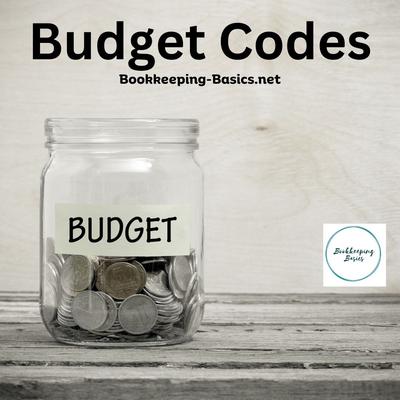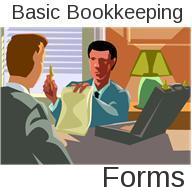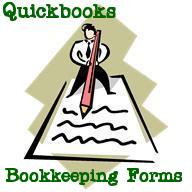- Home
- Questions and Answers
- Budget Codes
Budget Bookkeeping Question
How can I accurately include the mortgage principal payment as a monthly expense in my budgeting process, considering it is categorized as a liability account and doesn't appear in the QuickBooks Accounting Software budget?
I want to ensure that my budget reflects the true cost of the mortgage and helps me track my overall expenses effectively.
Is there a workaround or alternative method to incorporate the mortgage principal payment into my budget calculations?
I want to maintain accurate financial records and have a comprehensive view of my monthly expenses.
Comments for Budget Bookkeeping Question
|
||
|
||
|
||
Budget Codes
by Barbara Welsh
(Reno, NV, USA)
What are budget codes or coding? And how do I find out codes?
Comments for Budget Codes
|
||
|
||
Please subscribe to my monthly newsletter, Bookkeeping Basics E-zine. It tells you every month about the new information that I have added, including some great tips and advice from myself and other Bookkeeping Basics readers.
Like Bookkeeping-Basics.net?
- Home
- Questions and Answers
- Budget Codes














